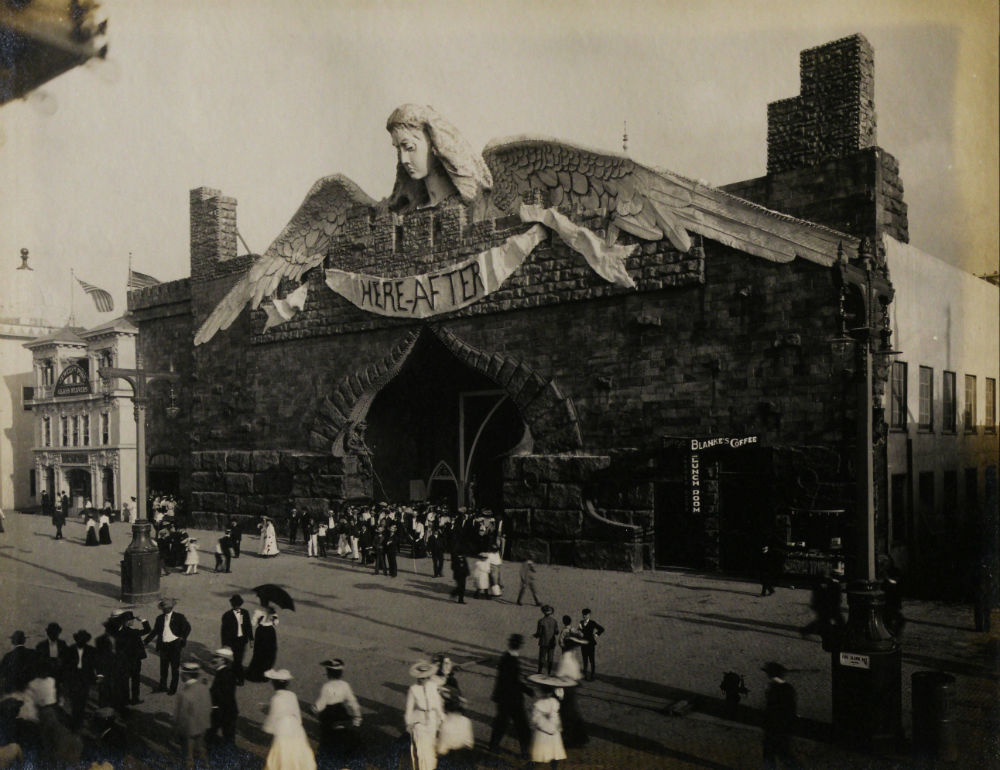Available now - World’s Fairs: a Global History of Expositions
The latest online resource from Adam Matthew Digital is now available. World’s Fairs: a Global History of Expositions digitises thousands of pages of primary source material relating to the inception, planning, organisation, exhibits and experience of over 200 international exhibitions. These enormous global events brought together the leading lights in technology, architecture, design and entertainment throughout the nineteenth and twentieth centuries, and continue to this day.

Image © Government of Canada. Reproduced with the permission of Library and Archives Canada (2015). Further reproduction without permission prohibited.
The material – curated from 13 archives from Europe, the US and Canada – provides new and unique opportunities for comparative and contextualised research. The different modes of research will not only increase discoverability (through search functionalities of detailed metadata and optical character recognition for all printed documents), but may offer new perspectives and even challenge old ones.
The oral history interviews from the Missouri Historical Society are an example of documents that offer fascinating insights and are also markedly enhanced in their digital context. One interviewee - Robert Morris – was 13 at the time of St. Louis fair of 1904, but has a clear recollection of some fantastic details, including an in-depth account of the Hereafter exhibit.

Described elusively in publicity material as simply “glimpses of paradise and purgatory for 25 cents”, this entertaining (and frightening) experience – similar to what we now call horror mazes – was a hugely popular part of The Pike, the amusement area of the Louisiana Purchase Exposition. The shocks and surprises the official records aimed to keep from visitors are completely expounded in Morris’ description, from the trick mirrors hundreds of people would walk into each day and the choir wearing angel wings and perched on bicycle seats to the number of umbrellas that accumulated as visitors dropped them in fright and left them in the dark.

All of the oral histories in the World’s Fairs resource include interactive transcripts that are synced so that not only is the text of interviews like Mr Morris’ fully searchable, but the audio is intuitively navigable enabling you to instantly play from the relevant point. In an audio lasting more than an hour, it is possible to see a visualisation of the nine times Mr Morris mentions the Hereafter and listen directly to them. This vivid account offers the kind of crucial insight that monographs alone cannot, and through powerful search functionality and an intuitive interface, details that might be overlooked or lost are preserved and accessible.
You can watch a clip of Robert Morris’ interview in the resource here.
World’s Fairs: a Global History of Expositions is available now. For more information, including trial access and price enquiries, please get in touch.
Image of the admission ticket for the Hereafter © St. Louis Mercantile Library at the University of Missouri - St. Louis. Further reproduction without permission prohibited.
Recent posts

James Prinsep, the son of an East India Company merchant and government official, holds a notable place in Indian history for his work in the Indian Mint and standardising currency. Records from East India Company, module VII show how Prinsep, and the British-run East India Company more broadly, reshaped India’s currency to suit their economic and administrative needs.

Foreign Office, Consulate and Legation Files, China: 1830-1939 contains a huge variety of material touching on life in China through the eyes of the British representatives stationed there. Nick Jackson, Senior Editor at AM, looks at an example from this wealth of content, one diplomat’s exploration of Chinese family relationships and how this narrative presented them to a British audience.
